Step-by-Step Guide to No-Flaps Landings for Pilots
Pilot Institute
DECEMBER 31, 2024
Pilots must adapt their approach and landing technique during flap failure. The flaps on an aircraft are used for controlled descents with slower airspeed during the approach and landing. Certain Conditions Certain conditions, such as severe icing or busy airspace (request for faster approach), may require a no-flaps landing.


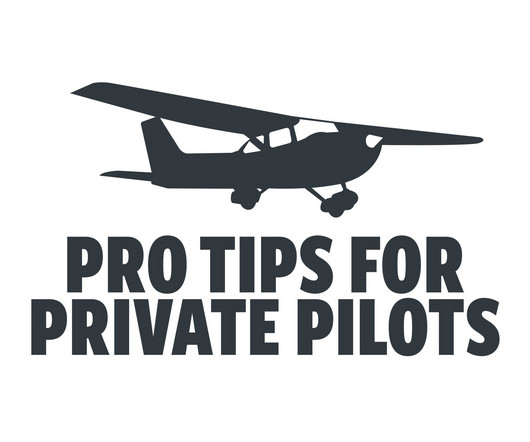
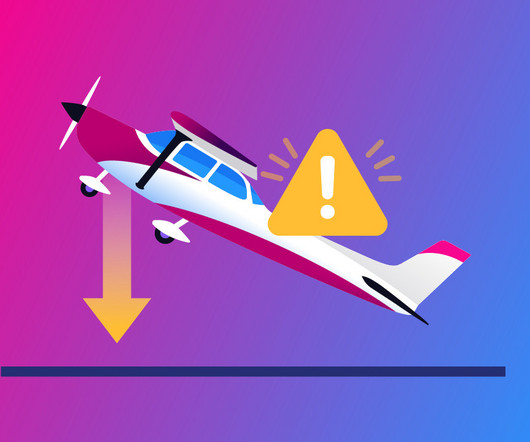





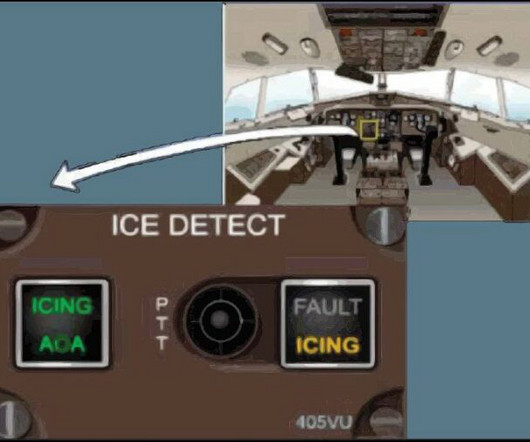
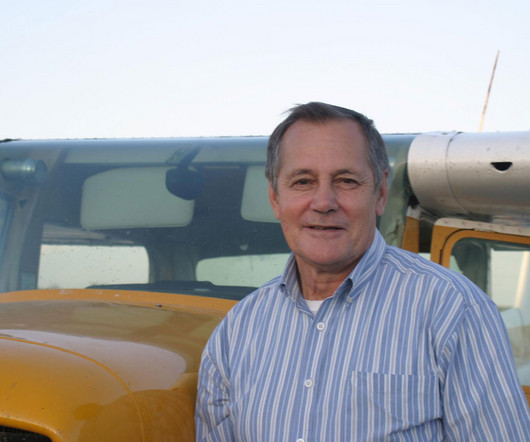


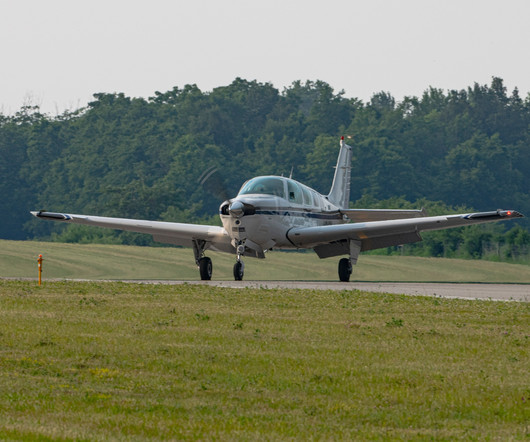







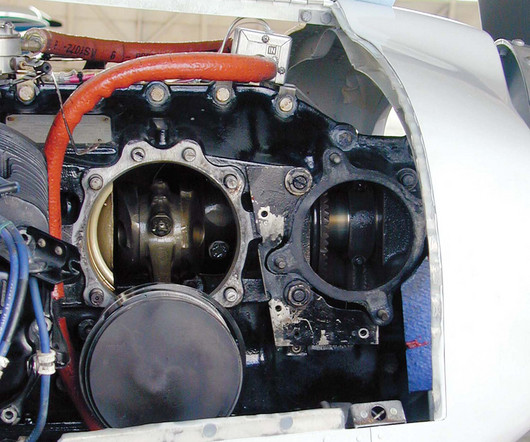











Let's personalize your content